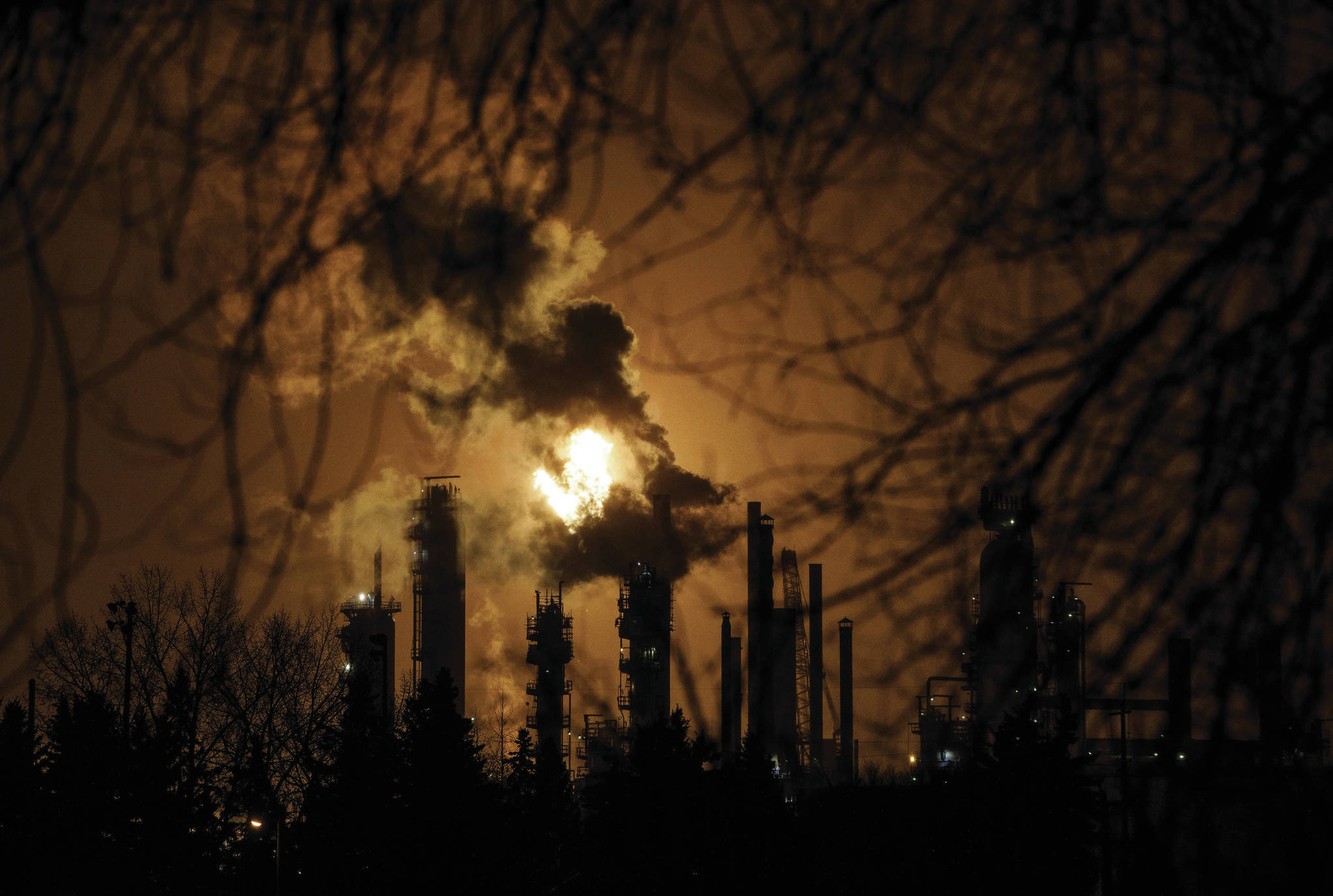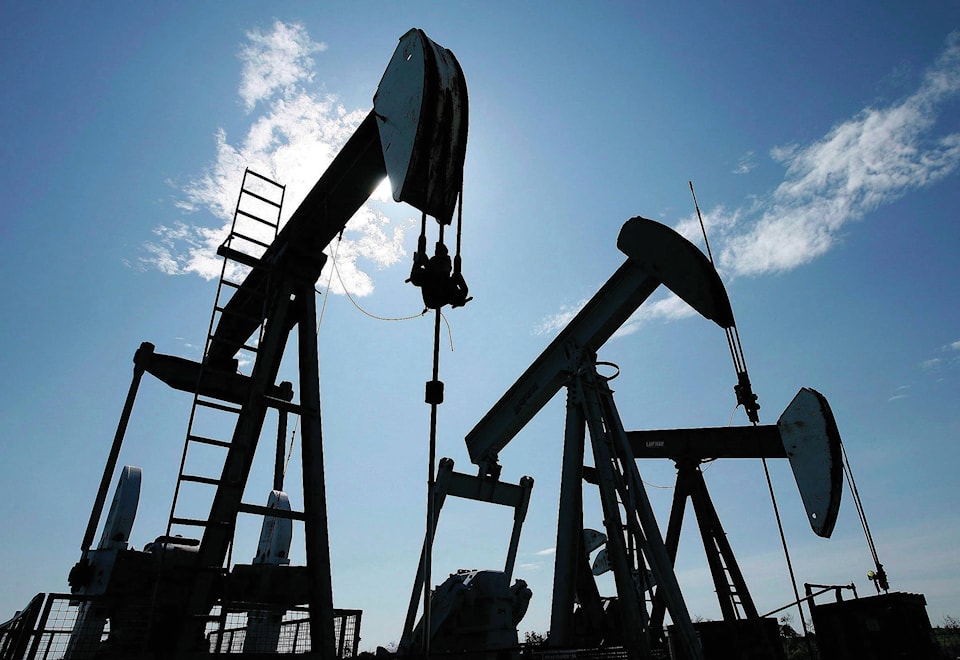CALGARY — Direct employment in Canada’s oil and gas sector is expected to fall by more than 12,000 jobs this year, according to a new report from PetroLMI.
The number of workers is forecast to drop to about 173,300 in 2019, a decline of 23 per cent from 226,500 in 2014, according to the 2019 labour market update published Monday.
PetroLMI, the labour statistics information division of Energy Safety Canada, says about 12,500 jobs are at risk this year due to factors including low commodity prices, a decline in investment spending and uncertainty about getting oil and gas to market due to full export pipelines.
“Until such time as additional export capacity becomes available, the employment outlook for Canada’s oil and gas sector will continue to be impacted,” said PetroLMI vice-president Carol Howes.
The report comes as Alberta enters its fourth month of government-ordered oil production curtailment designed to free up pipeline space and reduce stored barrels blamed for steep price discounts last fall.
The report estimates that about 7,600 oil and gas field services positions will disappear this year (nine per cent of the workforce), along with about six per cent or 3,700 jobs in exploration and production and five per cent or 1,400 oilsands positions.
The pipeline workforce is forecast to grow by about two per cent or 200 jobs.
“As we’ve been saying for several years, the oilfield services sector has been severely damaged, and 2019 will be the same if nothing changes,” said CEO Mark Scholz of the Canadian Association of Oilwell Drilling Contractors.
“Market access continues to be the number one issue, as lack of infrastructure has cost Canada billions in investment dollars.”
The CAODC reports that only 36 per cent of its members’ drilling rigs were employed in the first quarter, which is traditionally the busiest time of year in Canada as frozen ground allows access to remote backcountry drilling sites.
The industry relocated 16 Canadian rigs to the U.S. in 2018, up from six in 2017, and is continuing to send rigs south of the border this year.
Calgary-based Trican Well Service Ltd. reported recently it cut 160 jobs due to a 40 per cent decline in revenue in the fourth quarter of 2018 as drilling activity slowed in Western Canada.
The Petroleum Services Association of Canada said in January it expects 5,600 wells to be drilled this year, down from 6,948 in 2018, due to what it called deteriorating investor confidence in Canada.

